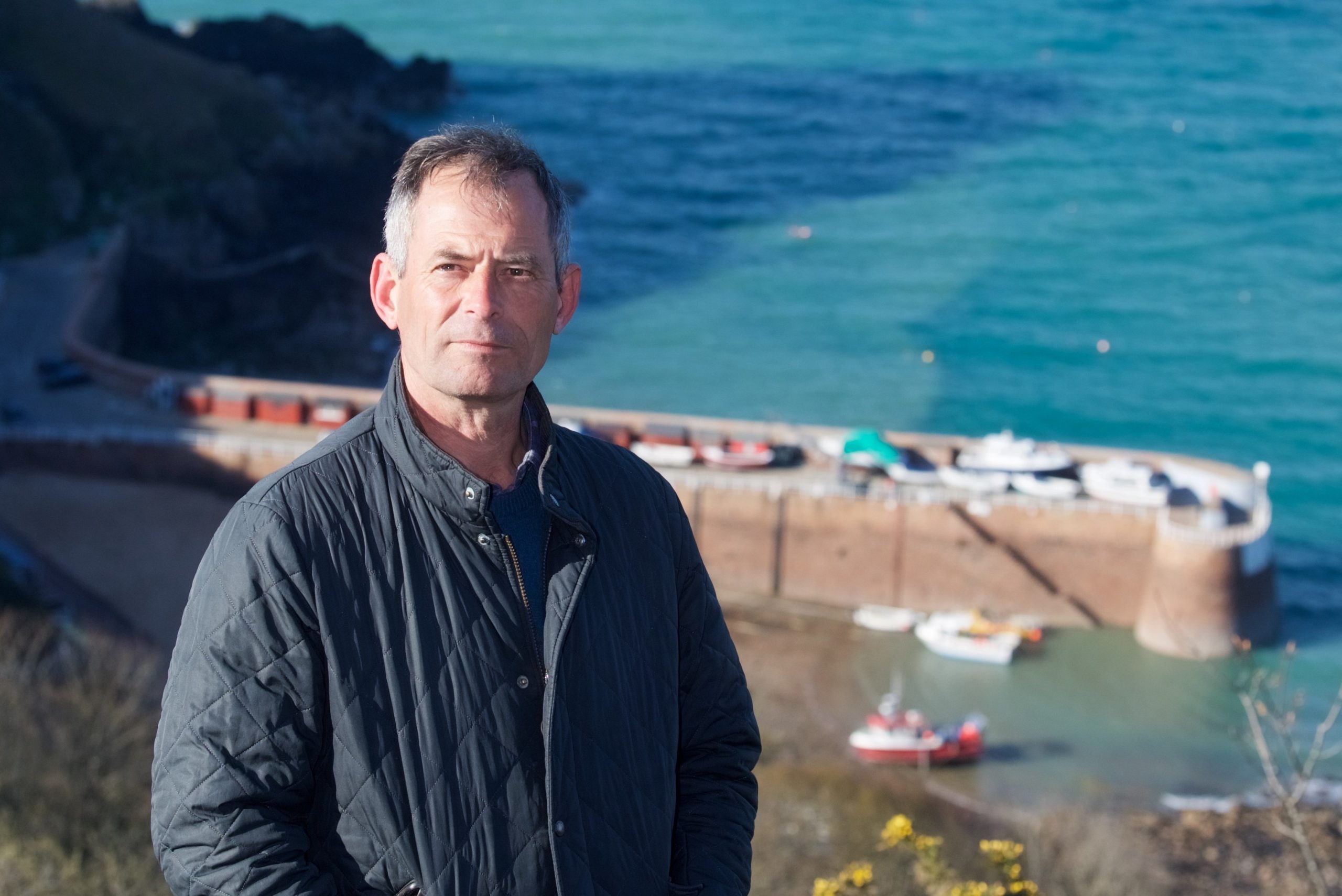By John Pinel
OUR countryside is currently full of the high-pitched twittering of baby birds, nestled in nests and lurking in the undergrowth, crying out to their parents for more food. It is a lovely time of year for wildlife watching.
For many species of birds, when the chicks first leave their nest, they will spend much of their time on the ground, or low down in shrubs and bushes until their flight muscles gain enough strength to allow them to fly higher up in the trees. The parents also spend a lot of time on the ground at this time of year, as even the seed-eating birds are busy catching protein-rich insects to feed to their growing babies.
Last month, a pair of robins raised two chicks in a nest in a woodpile in the corner of our garden, then disappeared for a while as the chicks matured. They fluttered about from tree to shrub, slowly making their way further and further from their nest, chased by the parents busily stuffing food into their mouths, until the chicks were lost to them. The parents are now back and appear to be raising another brood in the box used by robins last year.
There are two baby blackbirds foraging in our garden, raised in a nest somewhere in the clump of brambles along the field edge, and their parents are catching even slugs and snails to feed them. It is hilarious watching them trying to wipe the snail slime off their beaks.
It was a pleasure to watch wrens raise four chicks in their nest in a small clump of ivy on a fence post in the adjacent field. The tiny chicks are brave but naive, they don’t know what a human is, so they get quite close if you sit still as they bob around, pecking at everything as they try to eat things and noisily twitter for mum.
Sparrows are using the nesting terrace we put up on the north side of the house and are also using the nest boxes I put out for the blue tits and starlings. Sparrows are not very fussy about where they nest. You can hear the chicks, but there’s been no fledglings yet. They’ll soon be all over the bird feeder, fluttering their wings, gaping their mouths to look helpless and demanding to be fed
Dunnocks also raised young in the privet hedge. I can’t tell how many, but I catch glimpses of the chicks beneath the bird feeder. They are very shy and shoot off into the bushes as soon as they hear me coming.
However, there are no blue or great tits nesting this year. I haven’t seen the collared doves at all. Greenfinches are hardly ever seen now, goldfinches and even chaffinches are increasingly rare. The other, occasional garden visitors, are hardly ever seen.
I get great pleasure watching the birds, but I recognise their desperate vulnerability. Those same birds in agricultural land will be exposed to pesticides directly, but also in their food. Beside roads, they are easy prey to cars. They get tangled in nets and string and litter. Everywhere, they are preyed upon by cats.
Domestic cats can reproduce at one year old and can have up to three litters per year. The website World Atlas estimates that there are between 200 and 600 million domestic cats in the world, probably orders of magnitude more than all other cat species combined.
In 2013, nature.com published data which suggests that in the USA, domestic cats (not including feral cats) kill between 1.3 and four billion birds and between 6.3 and 22.3 billion mammals each year. Yes, billions, that wasn’t a typo!
The mammal society in a paper based on 1997 data estimated that cats killed 27 million birds, 57 million mammals and five million reptiles and amphibians every year in the UK alone. Of the 11,000 known bird species in the world, 48% are considered to be in decline, with only 6% showing increasing numbers. Some of the species which are increasing are common birds and because we see these, it masks the underlying decline of all of those other species which we don’t notice.
Bird population declines are caused by many factors, including habitat loss and fragmentation, fire, intensification of farming, hunting, pollution and poisoning, competition and predation from non-native invasive species. Many of these factors are difficult to deal with, others are easier. A study published in the Journal of Zoology in 2006 showed that cats which wore bells brought home only half the wildlife that cats without bells did.
Those baby birds flitting around our garden don’t recognise me as a threat. They come very close and it is delightful to watch them, but they have the same ignorance of cats and will swiftly become prey unless we take steps to reduce our pets’ impact on the natural world. Keeping cats in at night avoids them hunting at dusk and dawn, giving those baby birds a better chance to flutter away.
If you have cats, but love wildlife, my view is that you should treat cats like dogs. They should have to be licensed, kept in at night and not allowed to roam the countryside unsupervised, should have to wear a collar with their owners’ identification on it and, in addition, wear a small bell.
-
John Pinel is a freelance ecologist. In the past, he has travelled widely, covering thousands of miles by bicycle but also building his own carbon footprint with international travel. He has had many jobs, from finance to pizza chef, including over 20 years in various environmental roles, the last ten as principal ecologist for the Department of the Environment. He is now active in a number of local and international non-governmental organisations and campaigns for social and environmental justice. All opinions expressed are his own and do not reflect the view of any organisation. Twitter: @johnepinel.






